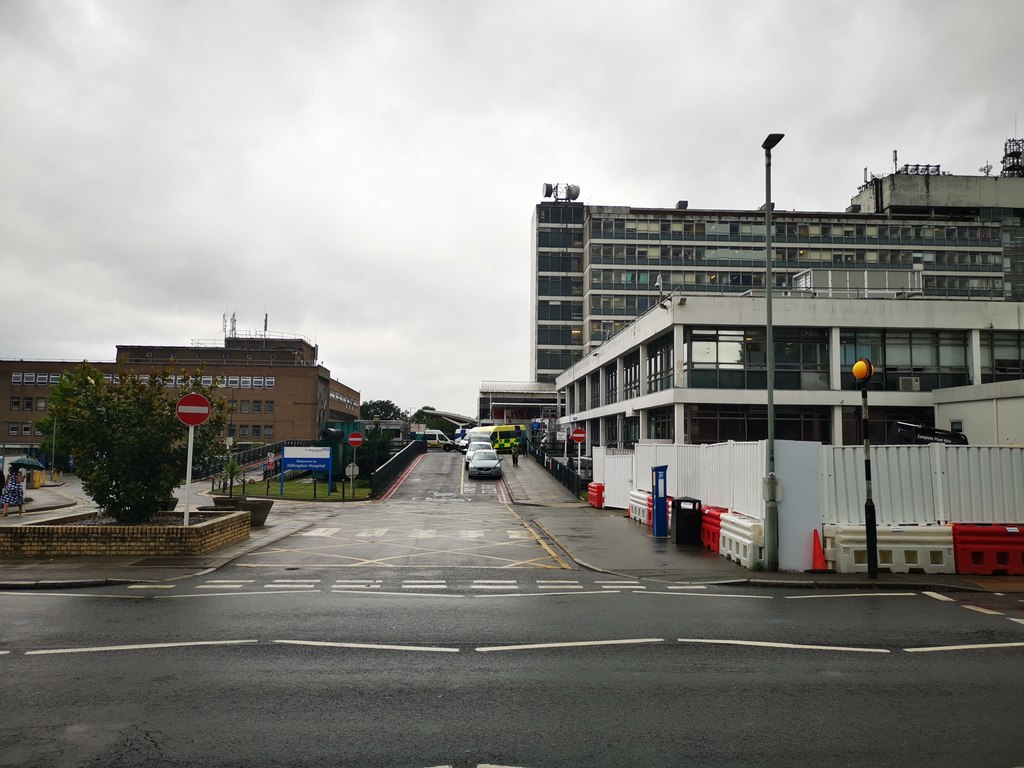The chronic lack of capital in the NHS is not only restricting the scope of buildings, but also leaving inadequate access to and renewal of equipment.
At a recent Healthcare Property and Development Conference, Health Foundation director Anita Charlesworth warned:
“We now spend a third less in real terms, than we did in 2000, which is not a picture that is repeated across Europe. Other countries have deepened their investment per worker. … We stand as a real outlier; we’re particularly under-investing in equipment.”
But the cash starvation does not just affect capital spending. For at least five years many trusts have been turning to borrowing increasingly large, now often unpayable loans to reduce the scale of the deficits and prop up their balance sheets.
By the end of 2018-19, the HSJ has revealed that the total of outstanding loans was already in excess of £14bn.
Now, according to a Health Service Journal exclusive, NHS chiefs have been discussing a plan that would effectively write off up to £10 billion of these accumulated loans taken out by struggling trusts since 2014.
Back in 2018 the then NHS Improvement boss Ian Dalton suggested some of the loans would need to be written off
It’s been clear for some time that there has been vanishingly small chance of the money being repaid in full: the proposal to convert the loans into “Public Dividend Capital” might require trusts to pay interest on their borrowings at 3.5%.
This would land the most indebted trust, King’s College, with an £18m annual charge – but relieve it of any obligation to repay the £500m-plus of accumulated loans.
However, while any relief would be welcomed by the trusts that benefit, a plan that only addresses part of the borrowing that has just about kept trusts afloat during the years of austerity could wind up being unfair to other trusts which have cut back services or held back on projects to keep their finances in balance, or limit their deficits.
And the focus on historic debts diverts attention from the pressing and growing problem of backlog maintenance bills, totalling over £6.6 billion and rising at 10% per year, half of it for urgent repairs or replacement of clapped out equipment, but for which many trusts are set to get no assistance under current government plans.
This means even relatively small problems can be very disruptive. Several trusts have been threatened with enforcement orders from local fire brigade chiefs, some older hospitals are almost literally falling down, and only last month United Hospitals Lincolnshire was forced to move a sterile supplies unit at Boston’s Pilgrim Hospital because of a chronic leak in a nearby toilet.
The election campaign produced some clever and selective soundbites of promise from a government aiming to persuade a largely unaware public of its affection for the NHS. Now Johnson has an 80+ majority, and the problems are mounting, the sincerity of that professed affection will be tested.
As NHS Providers, the Health Foundation and many others have pointed out, NHS needs a dramatic injection of new capital, coupled with the writing off of debts created by the austerity regime since 2020: but it also needs much more than the £20.5 billion real terms increase (£33.9bn in cash terms) that new legislation says will be the extra revenue spending to pay staff and provide services.
Dear Reader,
If you like our content please support our campaigning journalism to protect health care for all.
Our goal is to inform people, hold our politicians to account and help to build change through evidence based ideas.
Everyone should have access to comprehensive healthcare, but our NHS needs support. You can help us to continue to counter bad policy, battle neglect of the NHS and correct dangerous mis-infomation.
Supporters of the NHS are crucial in sustaining our health service and with your help we will be able to engage more people in securing its future.
Please donate to help support our campaigning NHS research and journalism.


